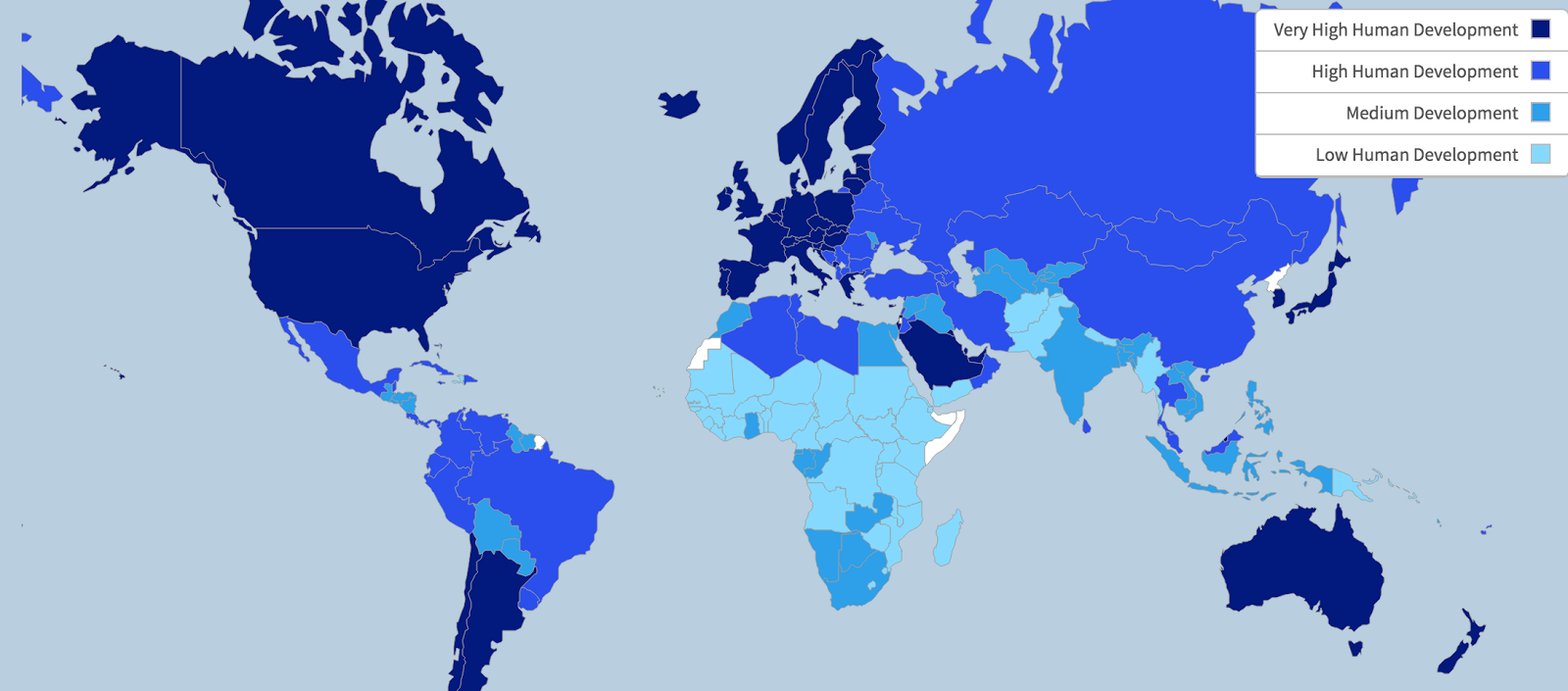
According to the report “ Measuring digital development: Facts and figures 2020” from the International Telecommunication Union, global home internet access is nearly twice as high in urban areas as it is in rural areas: 72% of urban households have access to the internet, yet this is true for only 37% of rural households worldwide. Internet infrastructure for rural communities is underdeveloped on a global scale. For example, In September 2019, the Kerala High Court (India) held that the right to have access to the internet is part of the fundamental Right to Education as well as the Right to Privacy under Article 21 of the Constitution. Some have even gone so far as to demand that access to the internet be considered a fundamental human right (The right to internet access, also known as the right to broadband or freedom to connect). National holidays such as International Internet Day have cemented the cultural and economical importance of having access to the internet in our modern world. The proliferation of internet access has provided greater opportunities for individuals, communities, and businesses around the world. Cybersecurity Ventures predicts that there will be 6 billion internet users by 2022 (75% of the projected world population of 8 billion) and more than 7.5 billion internet users by 2030 (90% of the projected world population of 8.5 billion). Going forward it has been estimated that 90% of the human population, aged 6 years and older, will be online by 2030. This is a far cry from 1995 where a mere 16 million (0.4%) of the world’s population had access to the internet. In 2020 the number of internet users worldwide was 4.83 billion, which means that over 60% of the global population is connected to the internet. How Much of the World Has Internet Access? Workplace Internet Use by Employees Statistics.

Is Access to the Internet a Human Right?.How Much of the World Has Internet Access?.It contains information from recent studies that document public library use and opinions held by individuals about public libraries. The American Library Association is often asked to answer questions about public libraries: How are they used, who is using them, and what do people think of them? This ALA Library Fact Sheet is designed to help answer these questions. Visions of the Universe: Four Centuries of Discovery.Resilient Communities: Libraries Respond to the Climate Change.Native Voices: Native People's Concepts of Health and Illness.Media Literacy Education in Libraries for Adult Audiences.Libraries Transforming Communities: Facilitation Skills for Small and Rural Libraries.Engage! Picturing America through Civic Engagement.Building Common Ground: Discussions of Community, Civility and Compassion.Bridging Cultures Bookshelf: Muslim Journeys.Teaching with Primary Sources: Women's Suffrage & Libraries.National Impact of Library Public Programs Assessment.Libraries Transforming Communities: Accessible Small and Rural Communities.Libraries Transform Communities: Engagement Grant.Community Connect: Digital Access at Home.American Rescue Plan: Humanities Grants for Libraries.Support ALA's Cultural Communities Fund.

#Percent of the u.s. population used computers at work how to#
How to Respond to Challenges and Concerns about Library Resources.Library Disaster Preparedness & Response.Internet Access and Digital Holdings in Libraries.American Library Association Periodicals.Table of Responses Reciprocal Borrowing Survey.Research on Libraries and Librarianship in 2002.Research on Libraries and Librarianship in 2001.Research on Libraries and Librarianship in 2000.Research & Statistics on Libraries & Librarianship in 2003.Public Libraries in the United States Statistical trends, 1990-2003*.Economic Hard Times and Public Library Use Revisited.Academic libraries* in the United States Statistical trends.Partial Results from Schools and Staffing Survey 1999-2000.Collective Bargaining Agreements and Pay Systems.Racial and ethnic diversity among librarians: a status report.Librarianship & Library Staff Statistics.Public Libraries and E-Government Services Public Libraries and Access to Employment Resources State funding for many public libraries on decline.Previous Studies About Public Libraries and the Internet.Public Library Funding & Technology Access Study.Frequently Asked Questions About Books and Reading.State of America's Libraries Report 2022.ALA Upcoming Annual Conferences & LibLearnX.Related Groups, Organizations, Affiliates & Chapters.


 0 kommentar(er)
0 kommentar(er)
